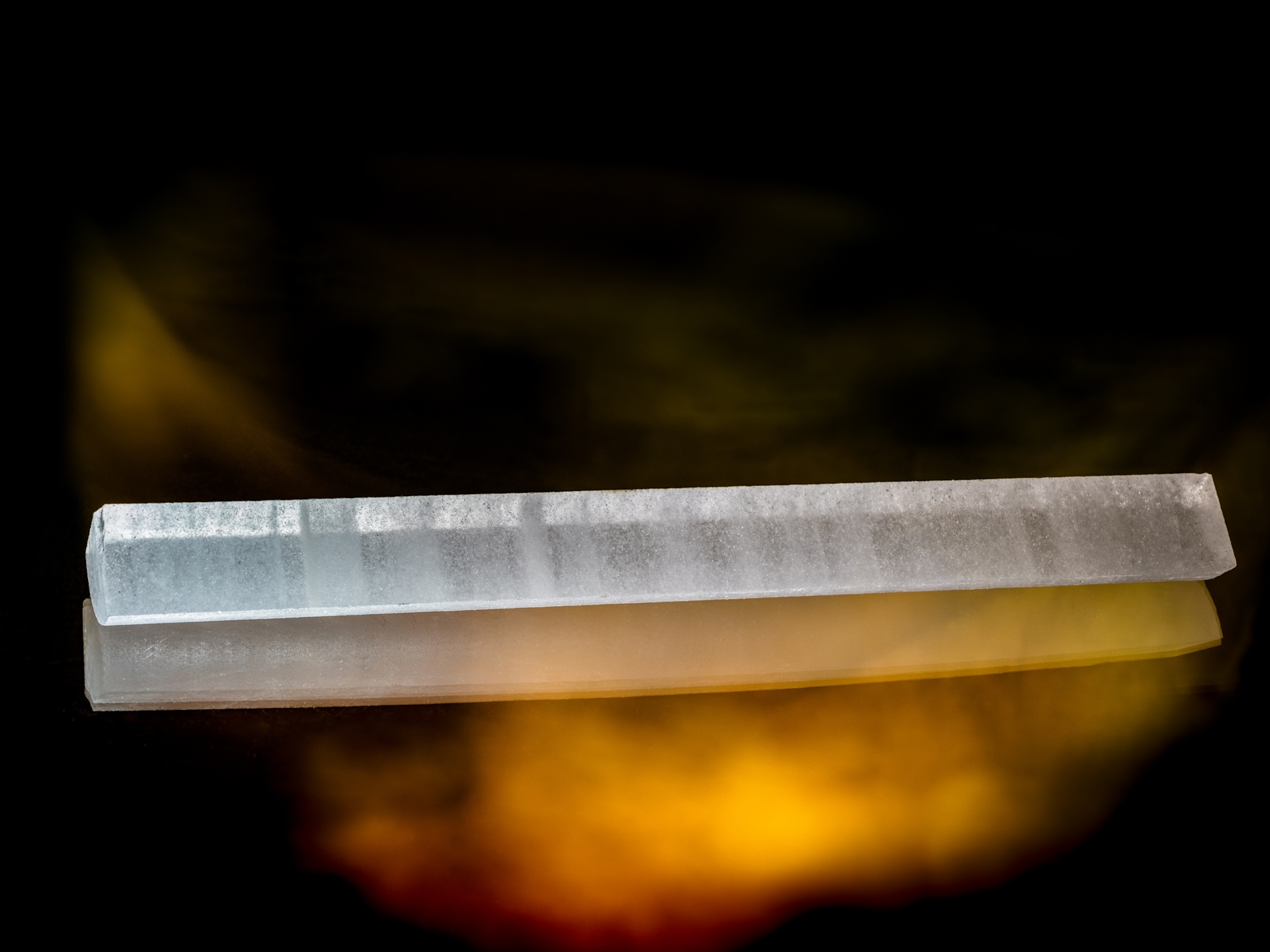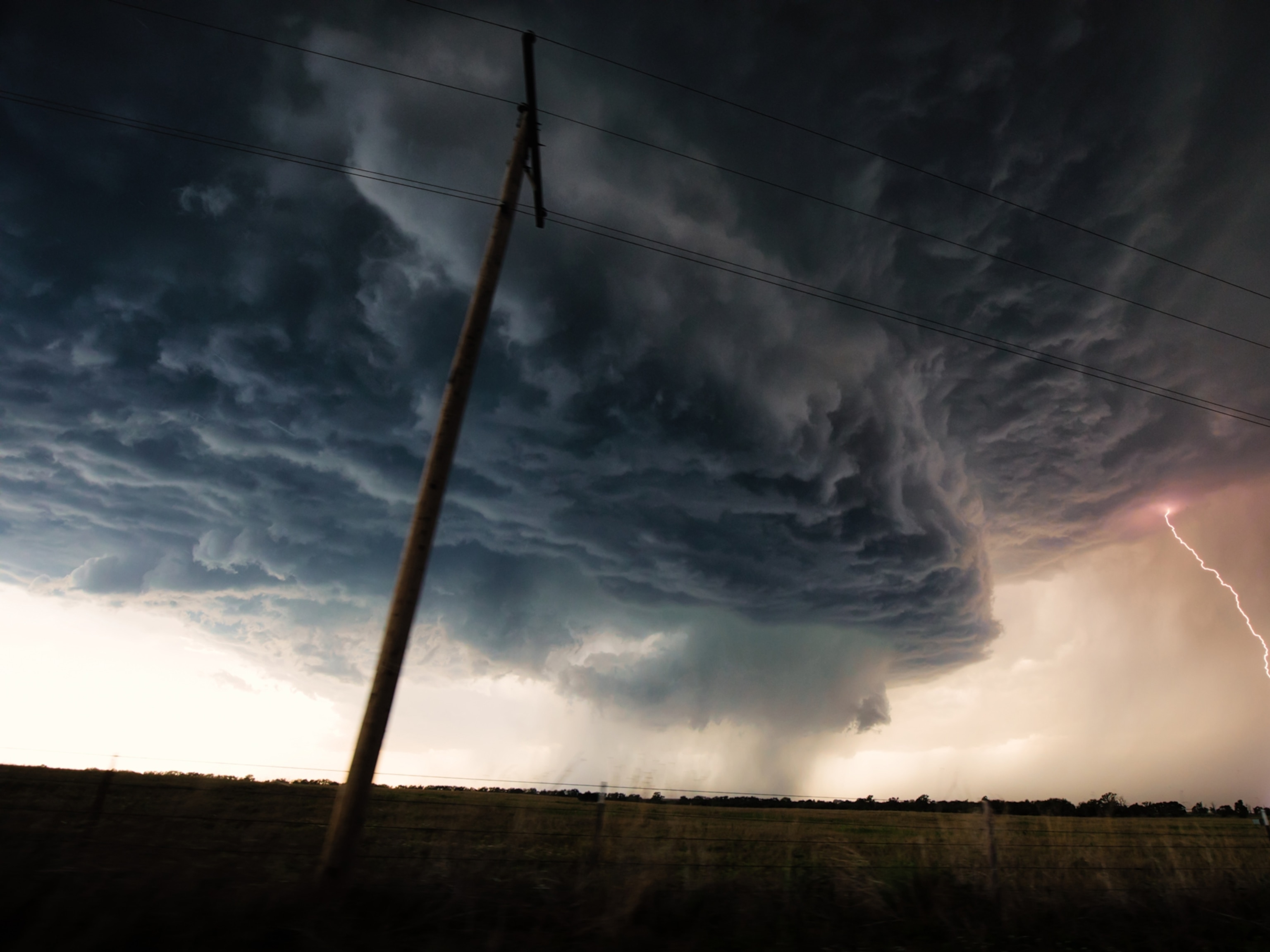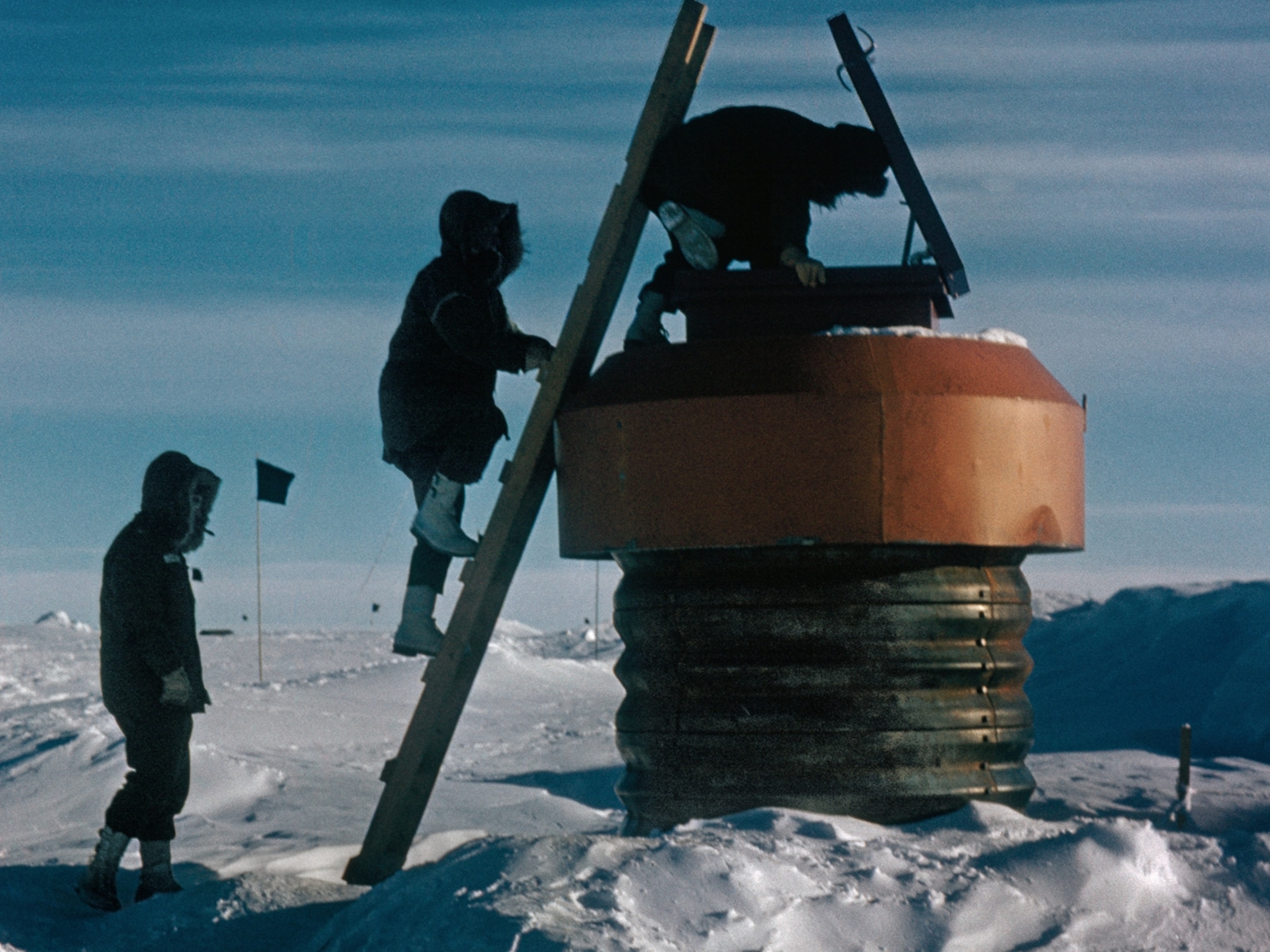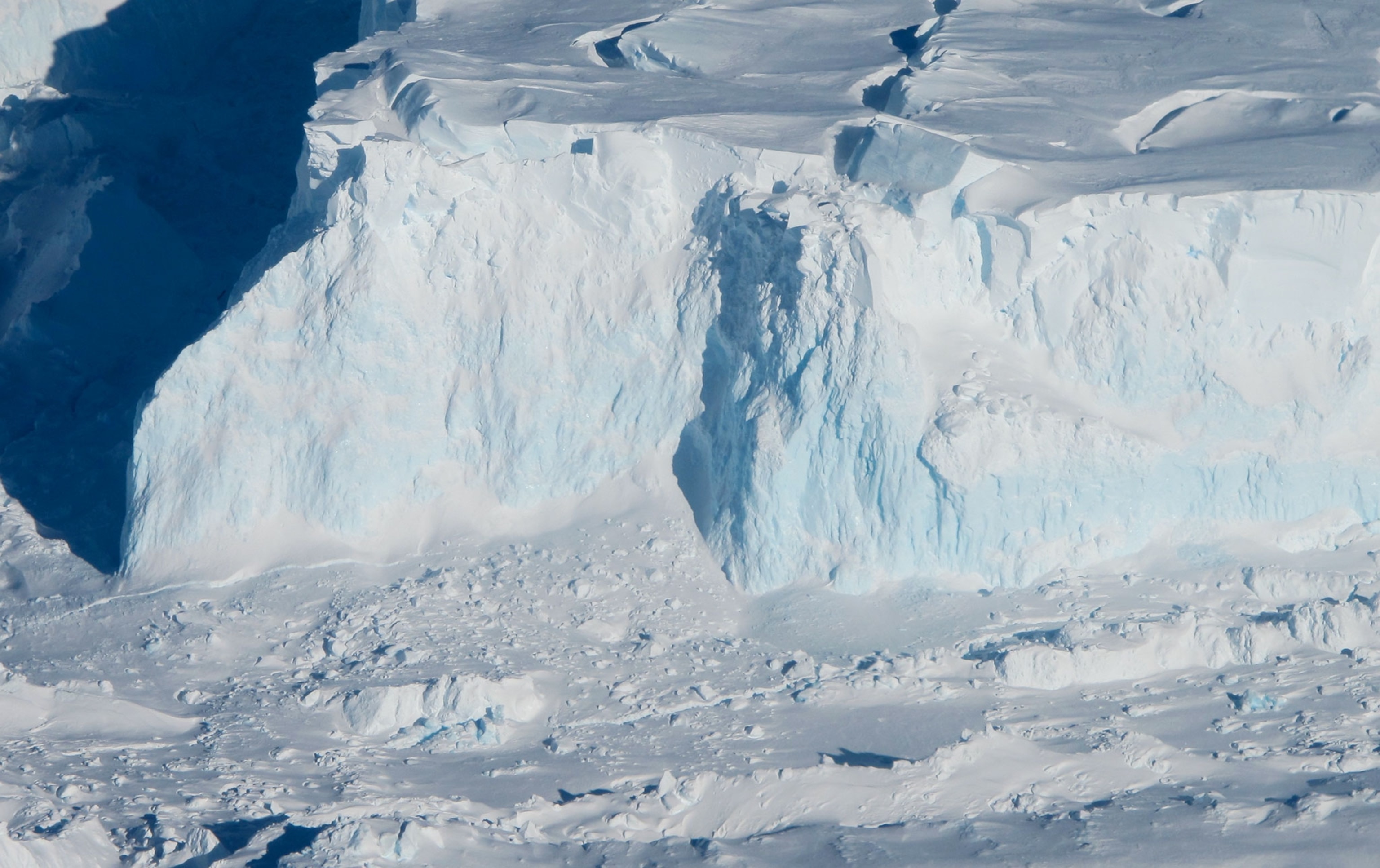
Five Reasons We Need To Act Now on Climate Change
As world leaders in Paris negotiate cuts in greenhouse gases, scientists say we face urgent reasons to take action.
It should be troubling enough that temperatures are rising, glaciers are melting, and Arctic sea ice is disappearing so fast that walruses often lounge about on land.
But scientists pushing world leaders to forge a global climate-change agreement in Paris increasingly are uncovering more urgent warning signs. We asked scientists to identify what worries them the most.
The West Antarctic Ice Sheet
Since the 1970s warming ocean waters have melted a significant section of ice in the Amundsen Sea in the Southern Ocean – so much that collapse of a far greater mass of ice may be inevitable. Scientists from NASA and elsewhere, based on a half-dozen studies in the past two years, now believe it may be too late to stop so much Antarctic ice from melting that it would send sea levels rising 16 feet more, inundating regions home to hundreds of millions of people. What may still be possible, however, is for humans to control just when that might happen.
Antarctica's South Dakota-sized Thwaites Glacier has dwindled so substantially in recent decades that it is now held in place by a weak tongue of ice. Thwaites and the melting of another nearby glacier already are causing a modest amount of sea level rise – even as thousands of years of excessive cold to the east means the amount of Antarctic snow and ice overall is still growing. The problem: Once Thwaites goes completely it would likely destabilize other sections of the West Antarctic Ice Sheet, triggering a far more massive melt. No one can say how much we need to thwart rising temperatures to keep this melting to a trickle. But many scientists seem to agree in principle: Curb emissions fast enough, and this expected collapse could stretch out over several thousand years – plenty of time for humans to prepare. But if we don't act with haste, the collapse could be well underway by the end of this century. "What keeps you up at night is that the thresholds are often not well-defined," says Jason Smerdon, with Columbia University's Earth Institute. "At some point, they can cause very rapid changes in the system. But exactly when is hard to pin down."
Melting Permafrost
On the opposite side of the globe there's another looming issue, but this one remains buried underground–at least for now. Permafrost, the icy frozen crust of shrubs and grass found throughout the Arctic, has kept billions of tons of carbon trapped for thousands of years. But as Arctic sea ice melts in summer, its blinding whiteness is no longer there to reflect the sun's rays. Instead, the dark ocean surface absorbs more sun and heat. That warmth speeds up the thawing of permafrost from Siberia to Alaska's Brooks Range. Then things get ugly, potentially transforming the landscape into something climate scientists fear: a feedback loop.
When permafrost melts, it releases carbon dioxide and more-potent methane, making climate change worse.
When that permafrost melts, the underlying plants decompose, releasing carbon dioxide and more-potent methane in great quantities that can worsen climate change. That, in turn, would melt more permafrost, and release even more greenhouse gases. Just last week, scientists revealed that Alaska alone could lose 24 percent of its permafrost by 2100. In fact scientists suspect that in the worst case scenario 70 percent of Arctic permafrost could thaw. That act alone could release 20 to 100 times more CO2 than the United States burns in a year, causing another $43 trillion in damages globally.
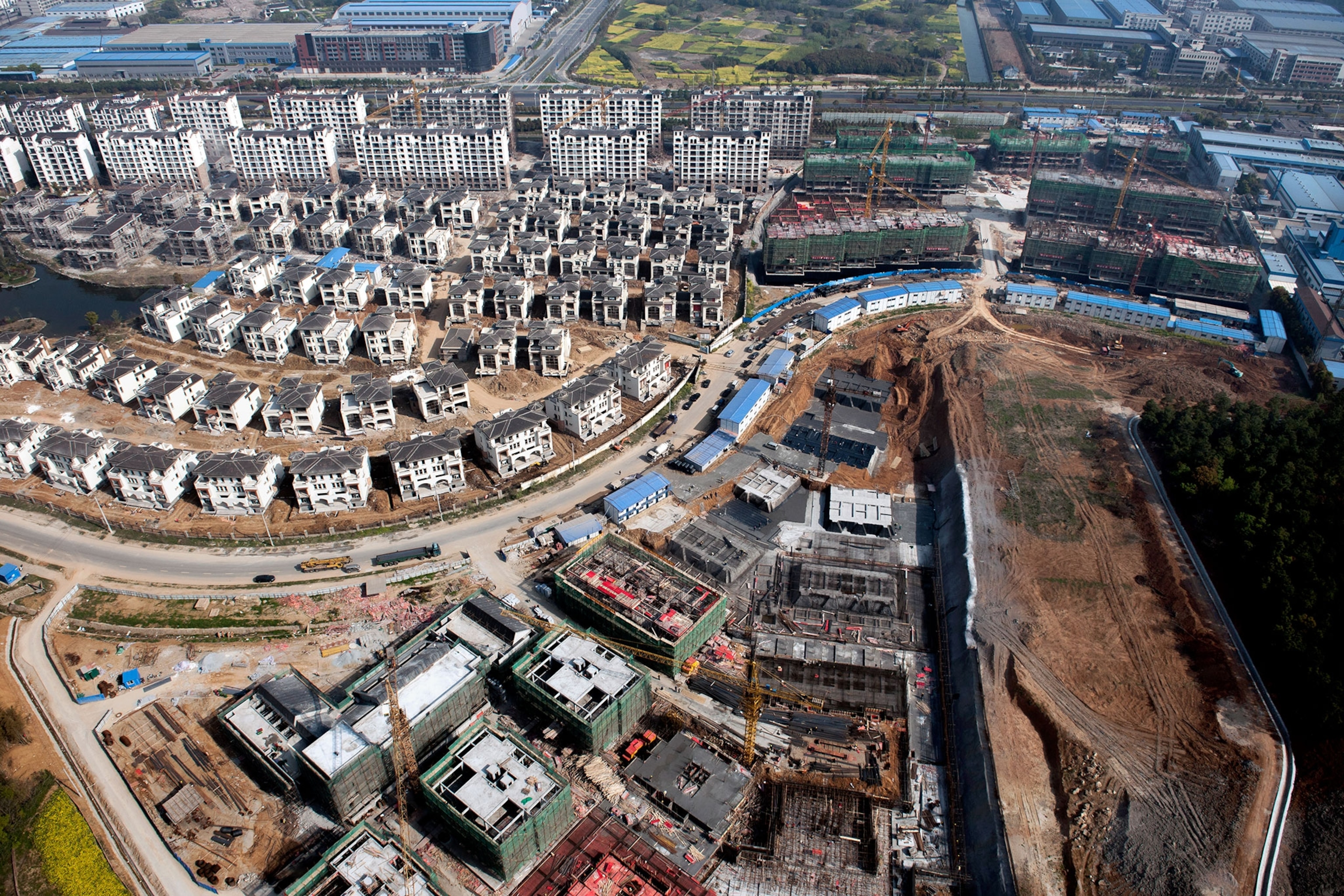
Spreading diseases
Warm weather is increasing the number and range of ticks, midges, and mosquitoes–those that carry human disease, such as dengue fever, and those that don't but still kill wildlife and livestock. Crop-damaging pathogens are spreading north, threatening food security. Waterborne human viruses may spread. Scientists aren't yet certain how disease-carrying rodents, such as rats and mice, are responding, but one thing is clear: Animals and plants are migrating to new areas and coming into contact with species they’ve never encountered. That can spread existing diseases and let new pathogens emerge.
Altered ocean food webs
Negotiators in Paris are trying to put the world on a path that keeps global temperatures from rising more than 2 degrees Celsius. But temperature is not the only problem. Oceans absorb about a quarter of the carbon dioxide we spew into the atmosphere, changing the chemistry of the sea. Marine waters acidify. That alters how ocean creatures from clownfish to walleye pollock see, hear, and smell, causing them to struggle to find prey and to die at far greater rates when fleeing predators.
Equally troubling, the change means waters increasingly hold too little calcium carbonate, which shelled creatures need to develop and grow. Scientists expected this problem to arise late this century, but it's already occurring, harming oysters in the Northwest, threatening king crab in Alaska, and damaging sea snails – an important link in ocean food webs – along the West Coast and in Antarctica. In fact, this problem could affect 30 percent of surface waters in the Southern Ocean in just 45 years – 70 percent by century's end, stretching all the way to the tip of South America. Once it strikes, it takes very little time to harm sea life as much as six months a year. Not long after, the problem will spread to what may be the most important species at the bottom of the Antarctic food web, tiny shrimp-like krill.
The world is already a pretty fragile place.Peter deMenocal, Columbia University
Meanwhile, temperatures already tamper with the food web in Alaska, America's seafood capital, which supplies half the nation's catch of fish. In the Bering Sea, pollock – a $500 million-dollar industry that supplies flaky white meat for everything from frozen fish sticks to McDonald's filet sandwiches – subsist on a diet of junk food anytime warming water melts sea ice too early. The less-nutritious plankton that's suddenly the only thing left for young fish to eat makes them too small to survive cold winters. The result: Up to 40 percent fewer adult fish are around to catch or feed other marine life. Some already fear ocean changes are pushing sea life toward mass extinctions.
Eleven Billion People
The world added 1 billion people just in the last 12 years, bringing the global population to 7.3 billion in 2015. By the end of the century, we could add almost 4 billion more. Eleven billion people would exacerbate the harm brought by every other problem–migration, extreme weather events, diseases, lack of water.
"Climate change exerts a de-stabilizing influence on an already-unstable world," says Peter deMenocal, a climate scientist with Columbia University. "It adds a fundamental insecurity to people's lives and livelihoods, from small island nations to the most developed nations in the world. The world is already a pretty fragile place. Climate change can help trigger flashpoints."
U.S. Defense Secretary Chuck Hagel once dubbed climate change the ultimate security "threat multiplier," intensifying "hunger, poverty, and conflict.”
Follow Craig Welch on Twitter.




